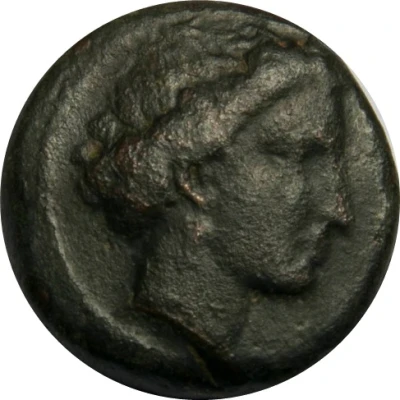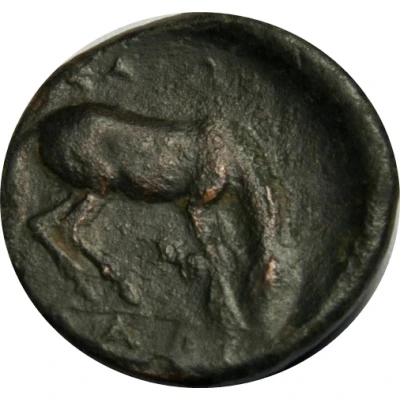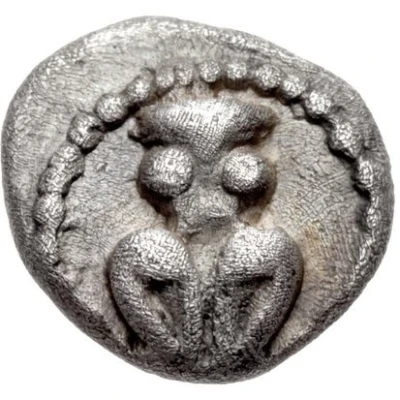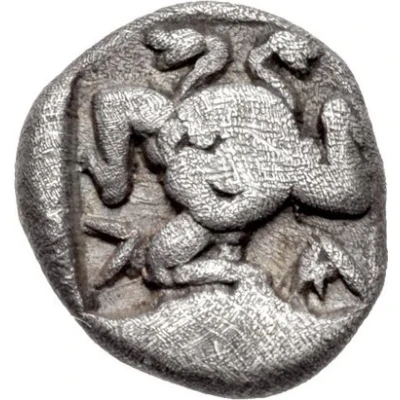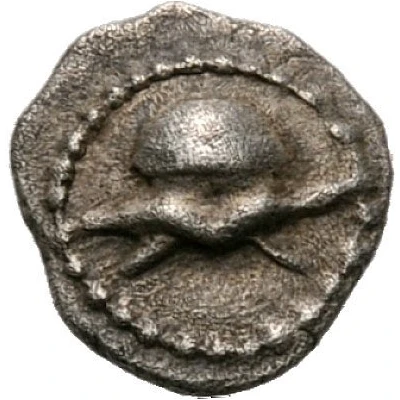
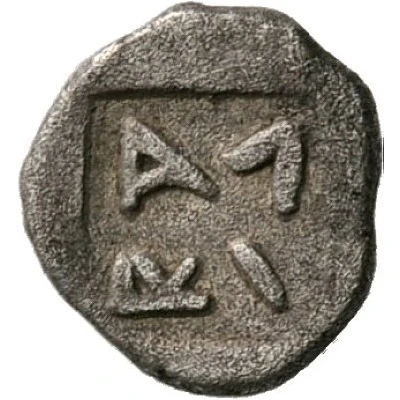

© Nomos AG
Hemiobol 500 BC - 479 BC
| Silver | 0.37 g | - |
| Issuer | Larissa (Thessaly) |
|---|---|
| Type | Standard circulation coin |
| Years | 500 BC - 479 BC |
| Value | Hemiobol (1⁄12) |
| Currency | Drachm |
| Composition | Silver |
| Weight | 0.37 g |
| Shape | Round (irregular) |
| Technique | Hammered, Incuse |
| Demonetized | Yes |
| Updated | 2024-10-10 |
| Numista | N#170962 |
|---|---|
| Rarity index | 100% |
Reverse
Ethnic within shallow inscuse square
Script: Greek
Lettering: Λ Α R Ι
Interesting fact
The Hemiobol coin was used as a form of currency in ancient Greece, specifically in the city-state of Larissa (Thessaly) during the 5th century BC. The coin's design features the head of a youthful male on one side and a horse on the other, symbolizing the importance of horse breeding and trading in the region. The coin's silver content and minimal weight made it a practical and valuable medium of exchange for everyday transactions.
